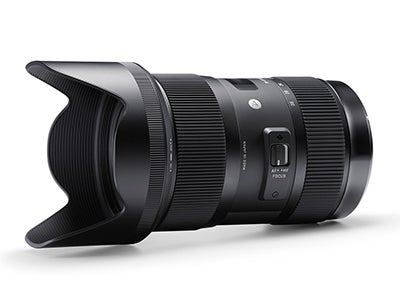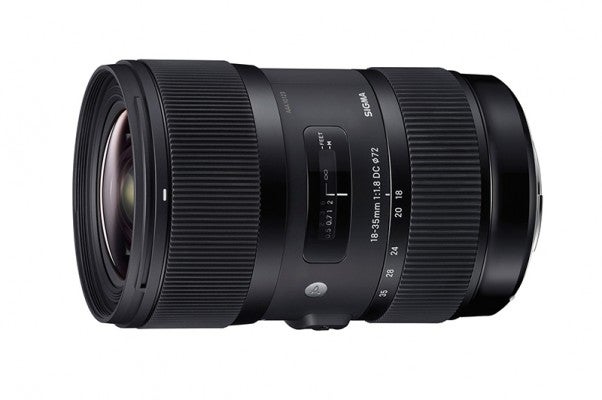Ground-breaking f/1.8 maximum aperture wide-angle zoom for APS-C DSLRs gets a workout
Sigma 18-35mm f/1.8 DC HSM Review
Few lenses provoke genuine excitement in hardened photo journalists but Sigma’s new 18-35mm f/1.8 zoom is a very deserving exception. Not only does it feature a constant aperture across its zoom range but, for the first time ever, that aperture is a staggering f/1.8 from 18mm right through to 35mm.
A 2x zoom ratio may seem modest but when starting from a focal length as short as 18mm, and with an ambition to deliver optimum quality, this is a more than reasonable limitation. Being confined to APS-C (and smaller) sensors, the effective angle-of-view compared with full-frame capture is 27-52mm, which is less extreme but represents very versatile range from wide-angle to standard focal-lengths.

The zoom bears Sigma’s elite new “A” badge to indicate its premium design and as such follows in the footsteps of the company’s 35mm f/1.4 full-frame prime that scored an amazing 97% in WDC’s recent tests. Interestingly, the RRP of the f/1.8 zoom is exactly the same as that of the f/1.4 prime.
As is the case for the ultra-fast prime, the 18-35mm f/1.8 zoom looks a little plain at first glance: there are no gold lines or similar adornments and even the aforementioned “A” badge is distinctly understated. The front third of the barrel is filled with a generously wide manual-focussing ring that rotates through about 135 degrees when tracking from infinity down to 0.28m: the ring also rotates beyond these extremes via a clutch mechanism that has a very nice feel.

Not only does the “clunk” of the (soft) end-stops resonate to ears that were brought up on mechanical lenses but also it allows users to pre-set their lenses for extreme close-up and far-distant subjects before the camera is even raised to the eye. The manual-focussing ring remains static in AF mode but manual adjustments can be applied at any time and all focussing is internal, meaning that there is neither extension of the lens barrel nor rotation of the front element.





